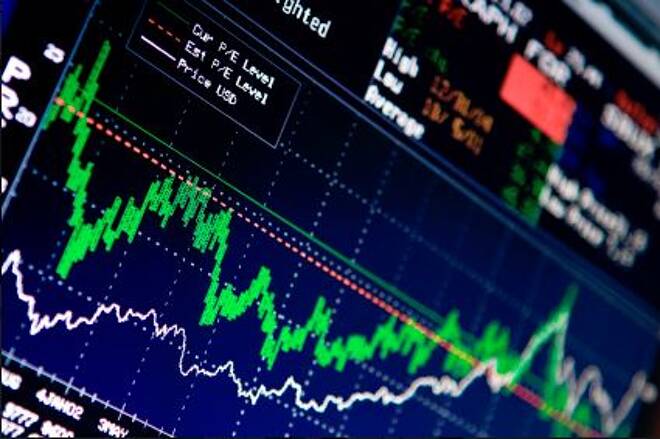Advertisement
Advertisement
Soft Chinese Trade Data Weighs on Share Prices
By:
European stock markets are moving sideways. DAX is marginally in the red While the FTSE is in the green. The Euro Stoxx 50 is down and there isn't much
European stock markets are moving sideways. DAX is marginally in the red While the FTSE is in the green. The Euro Stoxx 50 is down and there isn’t much momentum. Softer Chinese trade data saw traders taking a step back during the Asian session and profit taking and consolidation seem to be the order of the day as investor ponder the outlook for the global economy and central banks. In Asia, the Nikkei closed with a loss of -0.30%, the ASX also retreated, while Hang Seng and CSI 300 managed slight gains.
Chinese Trade Data Disappoints
Chinese trade data disappointed, missing expectations which could be a sign of slowing growth. According to China’s General Administration of Customs, exports grew by 7.2% year over year in US dollar denominated terms, missing forecasts for an increase of 10.9%. That was also below the 11.3% increase previously reported in June. Imports rose by 11% year over year in USD-terms, again undershooting forecasts for growth of 16.6%. They previously grew by 17.2% year-on-year in June. China’s trade surplus with the United States stood at $25.2 billion, down marginally on the $25.4 billion level of June.
German exports slump in June, but trade surplus improves. German export and import growth disappointed, with exports falling -2.8% month over month and imports -4.5% month over month. The trade surplus through improved to EUR 21.2 billion from EUR 20.3 billion, leaving the total for the second quarter at EUR 61.3 billion, up from EUR 59.9 billion in the first quarter of the year. Like yesterday’s production numbers than the data point to a robust Q2 GDP growth rate, with net exports underpinning the German recovery, which orders suggest remains on track in the third quarter, even if automaker’s woes and the strong EUR are seeing investors turning cautious on German stocks.
UK retail sales were strong in July, according to the British Retail Consortium, which reported a 0.9% year over year rise in its headline like-for-like measure of activity. The median forecast had been for 0.6% growth, while strength was somewhat masked in the headline figure by the fact that July sales in the previous year were strong. The breakdown showed that food sales drove the gain, with non-food sales decreasing by 0.7% on the like-for-like basis in the three-months to July. The BRC expressed some caution, noting a “shrinking pool of discretionary consumer spending power,” highlighting the negative real income trend, which was mentioned as a concern in the BoE’s guidance last week.
About the Author
David Beckerauthor
David Becker focuses his attention on various consulting and portfolio management activities at Fortuity LLC, where he currently provides oversight for a multimillion-dollar portfolio consisting of commodities, debt, equities, real estate, and more.
Did you find this article useful?
Latest news and analysis
Advertisement
